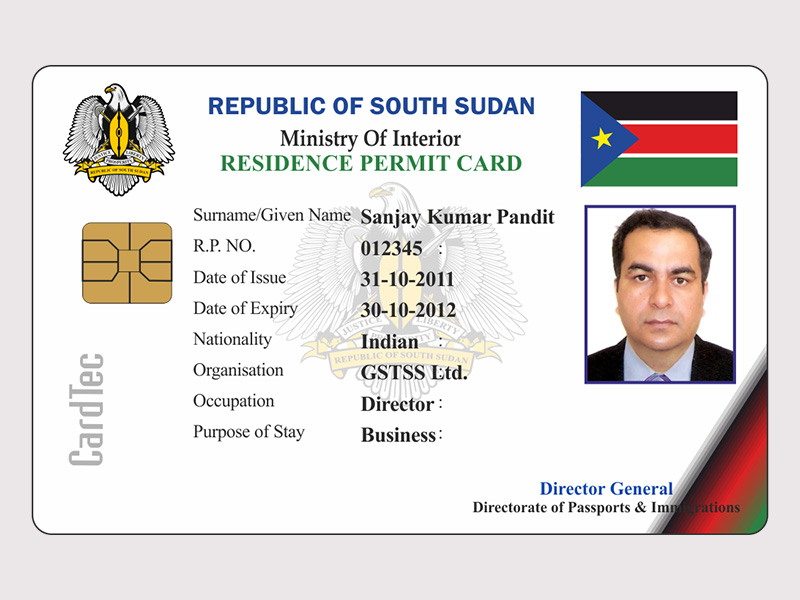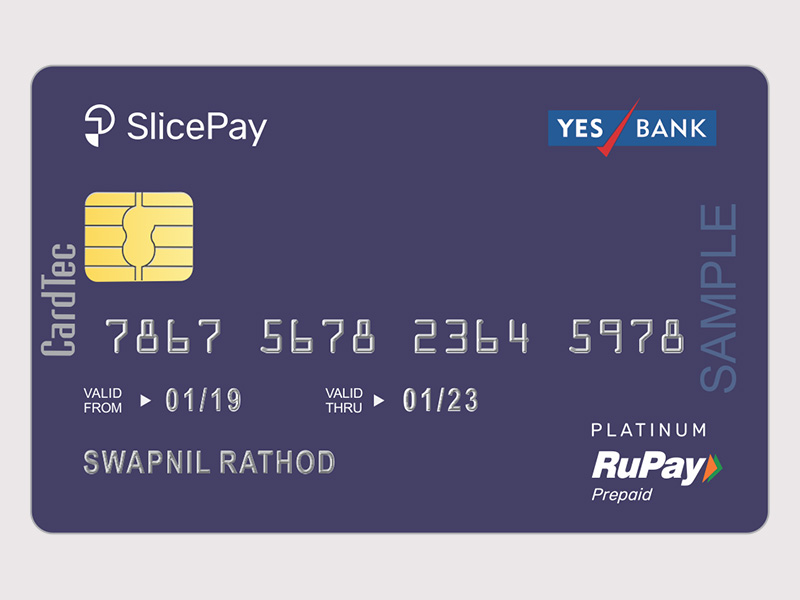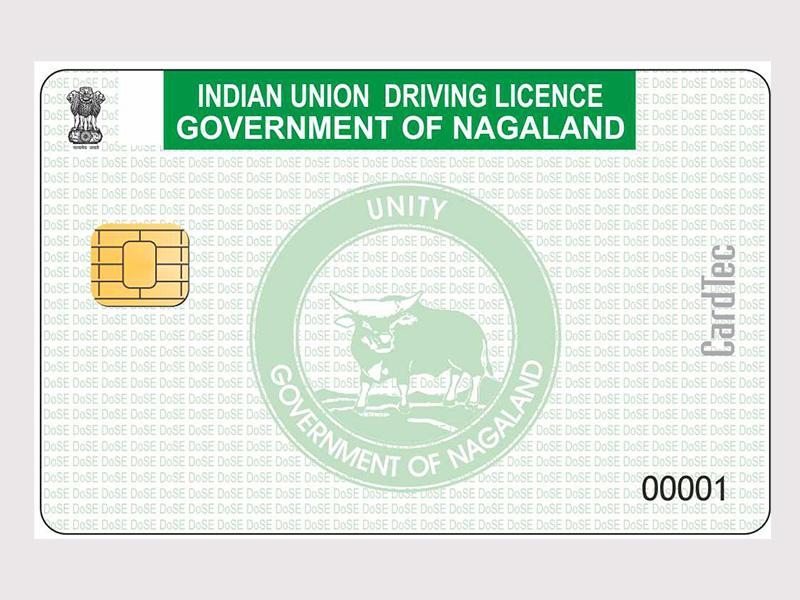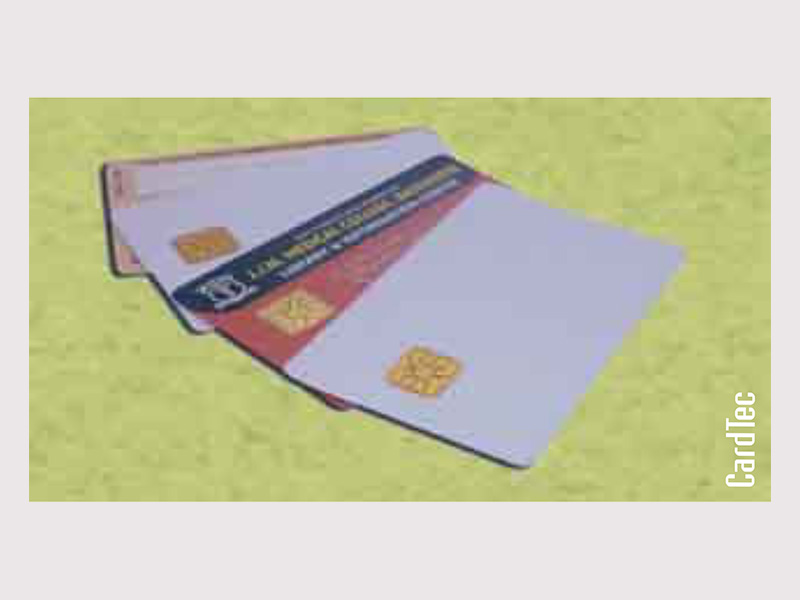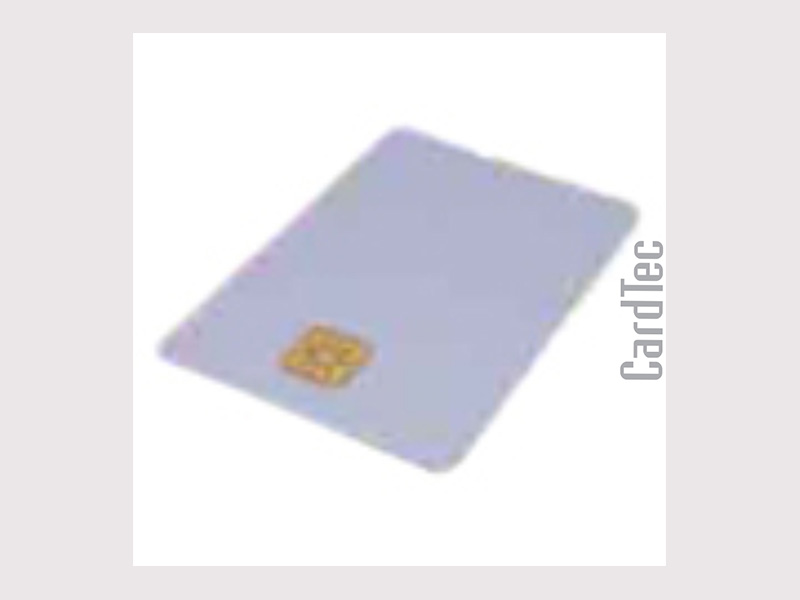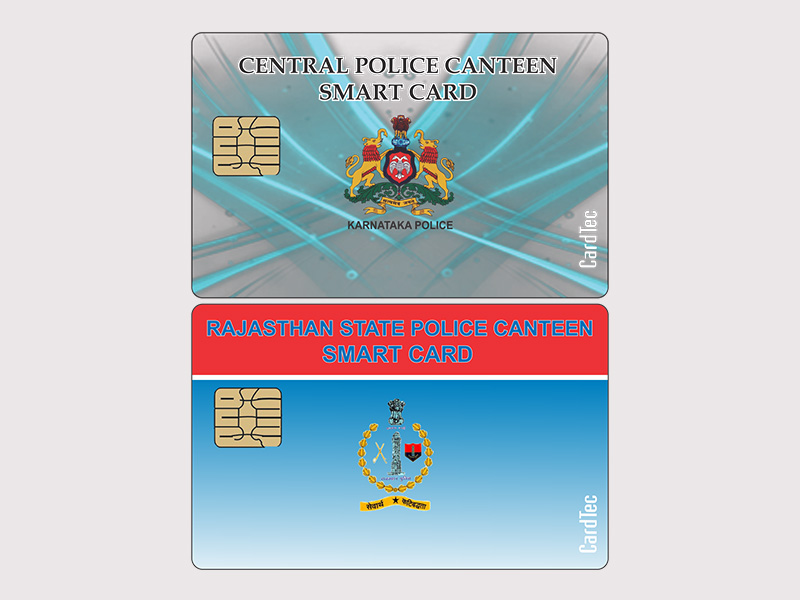Contact Smart Cards - Chip Cards
Contact smart cards have a contact area of approximately 1 square centimetre (0.16 sq in), comprising several gold-plated contact pads. These pads provide electrical connectivity when inserted into a reader, which is used as a communications medium between the smart card and a host (e.g., a computer, a point of sale terminal) or a mobile telephone. Cards do not contain batteries; power is supplied by the card reader.
The ISO/IEC 7810 and ISO/IEC 7816 series of standards define :
- Physical shape and characteristics,
- Electrical connector positions and shapes,
- Electrical characteristics,
- Communications protocols, including commands sent to and responses from the card,
- Basic functionality.
Because the chips in financial cards are the same as those used in subscriber identity modules (SIMs) in mobile phones, programmed differently and embedded in a different piece of PVC, chip manufacturers are building to the more demanding GSM/3G standards. So, for example, although the EMV standard allows a chip card to draw 50 mA from its terminal, cards are normally well below the telephone industry's 6 mA limit. This allows smaller and cheaper financial card terminals.
Communication protocols for contact smart cards include T=0 (character-level transmission protocol, defined in ISO/IEC 7816-3) and T=1 (block-level transmission protocol, defined in ISO/IEC 7816-3).
